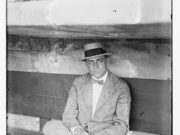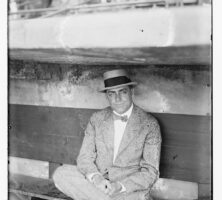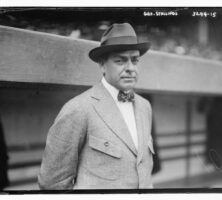George Stallings, known to baseball fans as the “Miracle Man,” managed one of the most renowned teams in the game’s history, the 1914 “Miracle” Boston Braves. Trailing the first-place New York Giants by eleven and a half games on July 15, the Braves mounted an unprecedented rally, winning sixty-one of their final eighty-one games to capture the National League pennant by ten and a half games.
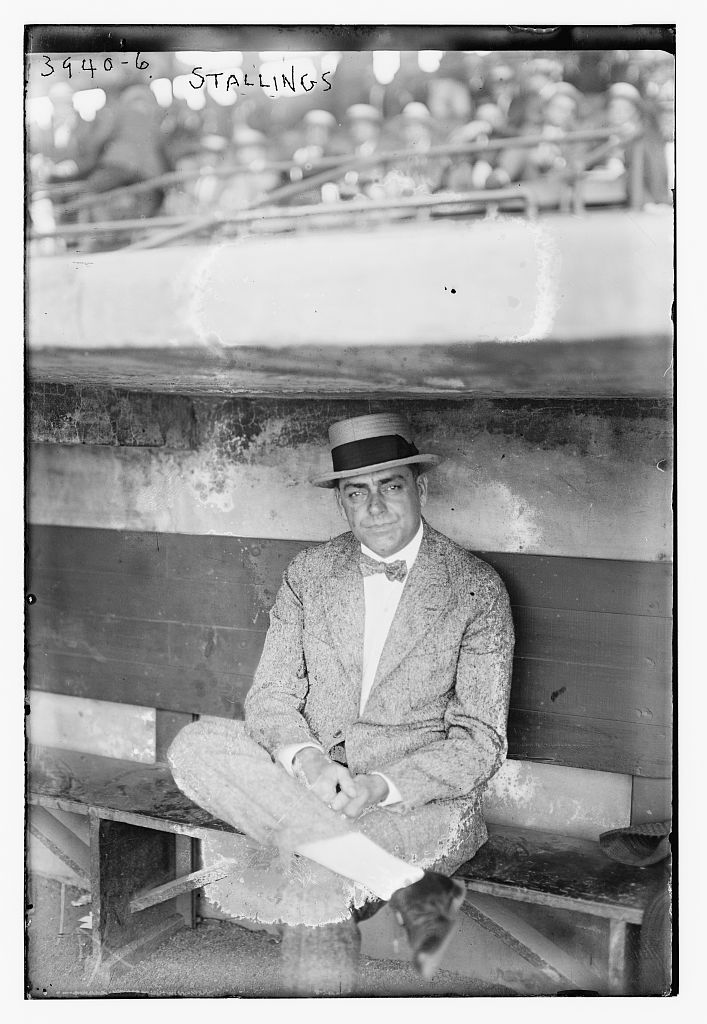
Courtesy of Library of Congress, Prints and Photographs Division
George Tweedy Stallings was born to Eliza Jane Hooper and William Henry Stallings in Richmond County, near Augusta, on November 17, 1867. He began his baseball career as a student at Richmond Academy. Primarily a catcher, Stallings later played on various minor league teams before appearing briefly in the major leagues, with the Brooklyn Bridegrooms, in 1890. Demoted to the minors, he enjoyed success as a manager. In 1897 Stallings returned to the majors, serving as manager of the National League’s Philadelphia Phillies for parts of two seasons. Over the next decade he managed several minor league and major league teams, including the American League’s Detroit Tigers and New York Highlanders (later the New York Yankees).
In 1913 Stallings assumed the helm of the team that would bring him fame, the Boston Braves. Fifth-place finishers in 1913, the Braves appeared to be headed for another lackluster season in 1914, occupying last place in mid-July. Under Stallings’s guidance the Braves reversed their momentum, racing to first place in fewer than forty days. Climaxing their remarkable comeback, the Braves swept the Philadelphia Athletics, considered invincible, in the World Series. Stallings continued managing the Boston team until his retirement at the end of the 1920 season, but he never again enjoyed the success of 1914. He finished his career with 879 victories in 1,813 major league games. He later came out of retirement as an owner and manager in the minors.
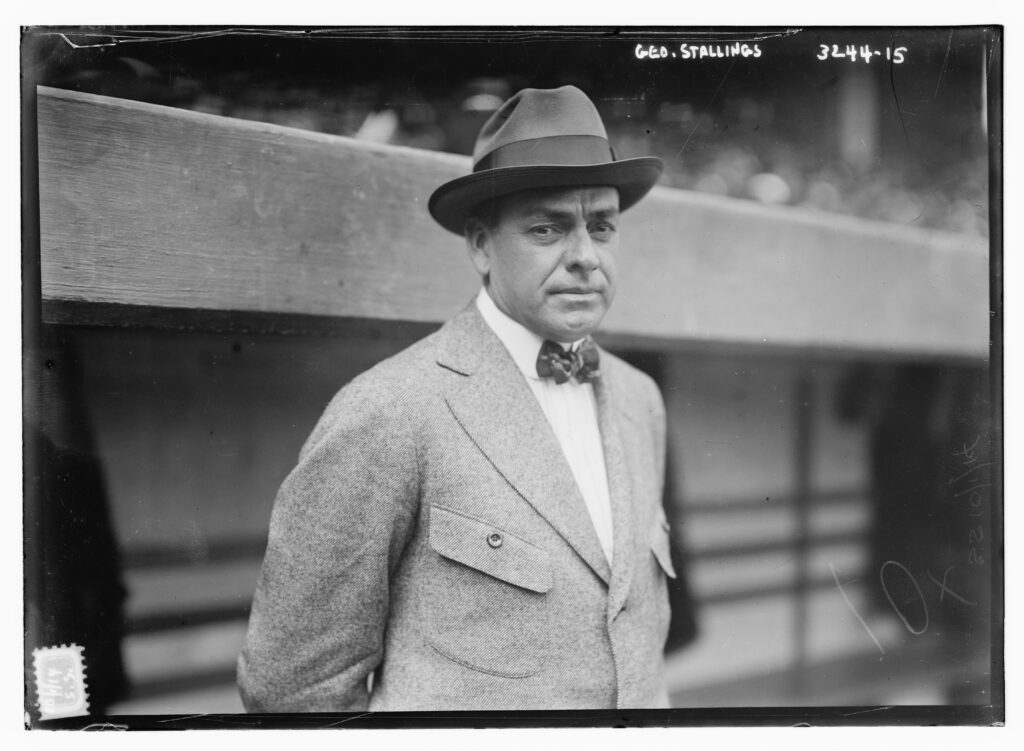
Courtesy of Library of Congress, Prints and Photographs Division
Stallings was notorious for his temper and superstitions. He ranted at players if they left trash behind in dugouts. Yellow signs and yellow clothing annoyed him; yellow ballpark advertisements had to be painted over before he would let his team play. He refused to talk to rookies until they had played one week, insisting that his silence tested their courage. If he was in a particular physical position, no matter how uncomfortable, when the Braves began a rally, he remained in that position until the rally ended. When asked after the 1914 World Series why the Braves won, he replied that it was because of a “lucky penny.” He also attributed the team’s success to a “lucky dime” that had been blessed by a priest in Cuba.
For more than thirty years Stallings lived on a plantation in Haddock, in Jones County. He took his teams there for part of spring training each year. He died in Haddock on May 13, 1929, and was buried in Macon. At the time of his death, he was owner of the Montreal Royals of the International League. Stallings was inducted into the Georgia Sports Hall of Fame in 1979. He married more than once and had three sons, White, Vernon, and George Jr.


